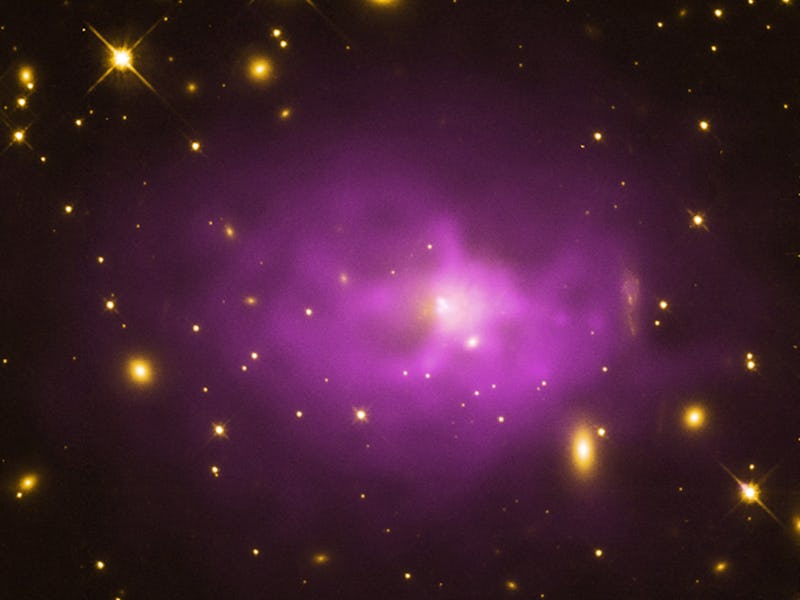One Man Is Tracking the Gravitational Waves LIGO Discovered Back to Black Holes
And here’s how a few scientists are trying to aid that quest.

When scientists announced that they had found evidence of gravitational waves way back in February, the scientific world threw a sloppy party for itself. The discovery helped confirm Einstein’s century-old theory of general relativity, making it huge news. But it also raised a bunch of other questions related to physics. The only way scientists are going to be able to answer those questions: find more gravitational waves.
Naturally, the Laser Interferometer Gravitational-Wave Observatory (LIGO), which first detected the gravitational waves using a pair of interferometers, is already ramping up efforts to find more of these extremely weak signals. But there’s just one big problem that’s gone unaddressed in all the hype: Where do these waves come from? That’s what astronomer Peter Garnavich at the University of Notre Dame wants to find out.
LIGO’s interferometers are the only instruments really capable of finding gravitational waves right now, but LIGO researchers don’t really know where to point them. Garnavich and his team is trying to solve that problem using the Large Binocular Telescope in southeastern Arizona to look for signs of visible light emissions from events capable of generating gravitational waves. What are those kinds of events? Well, when LIGO found waves the first time, they were expelled from a pair of black holes that collided with one another. So, you’re looking at really high-powered events, like intense supernovae or other strange black hole phenomena.
A rendering of a small black hole.
“These LIGO black holes are bigger than the stellar black holes we know about in the Milky Way, but much smaller than the massive black holes in the centers of galaxies,” Garnavich said in a statement. “Black hole mergers are not expected to produce a lot of electromagnetic radiation, and the prevailing consensus was that gravitational waves would be detected from colliding neutron stars, an event that should generate some light.”
In other words, Garnavich is hedging his bets that more common stellar events which produce high amounts of light are worth paying more attention to. Black hole events don’t produce a whole lot of electromagnetic activity, but it would be a mistake to just limit the search to those kinds of objects.
Garnavich is optimistic their work will help narrow the search down to a few hundred candidate objects or less. If his work pays off, gravitational wave findings could one day be as common as discovering exoplanets or watching stars explode.